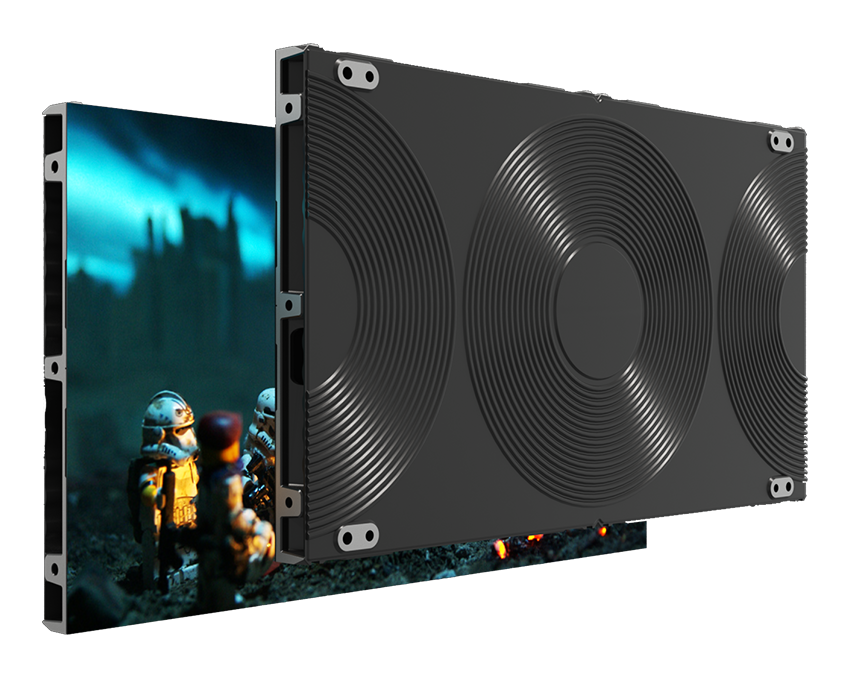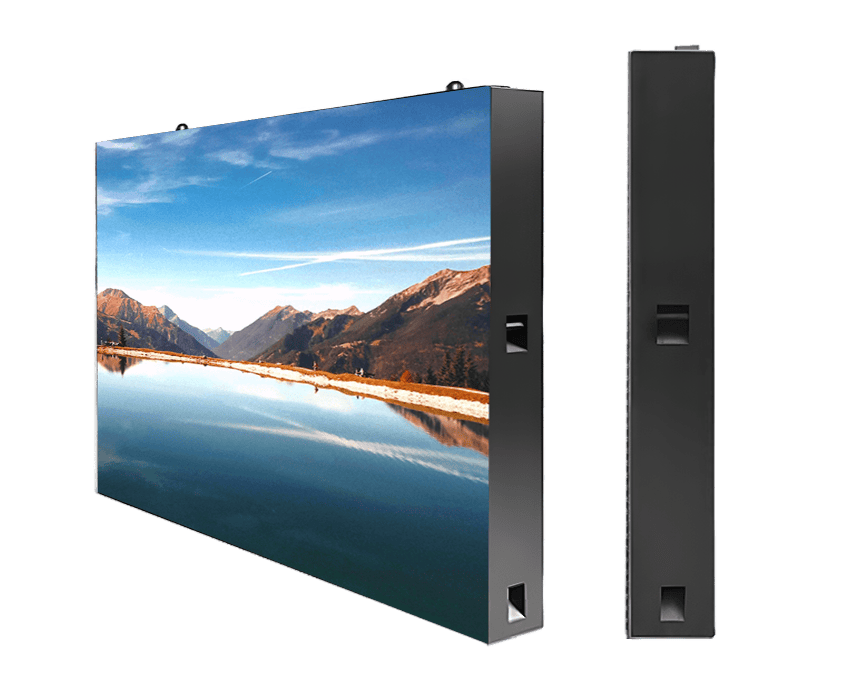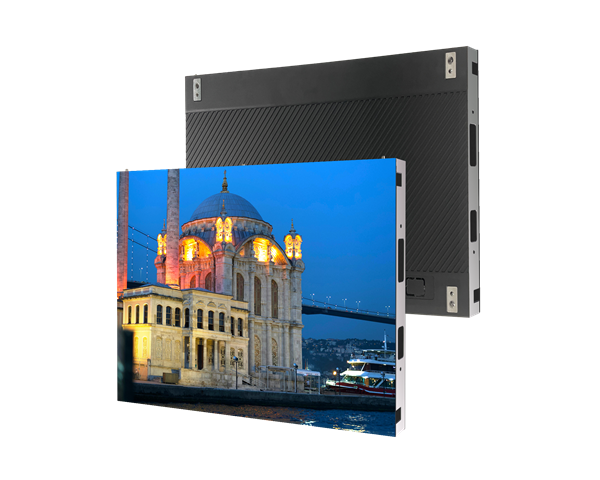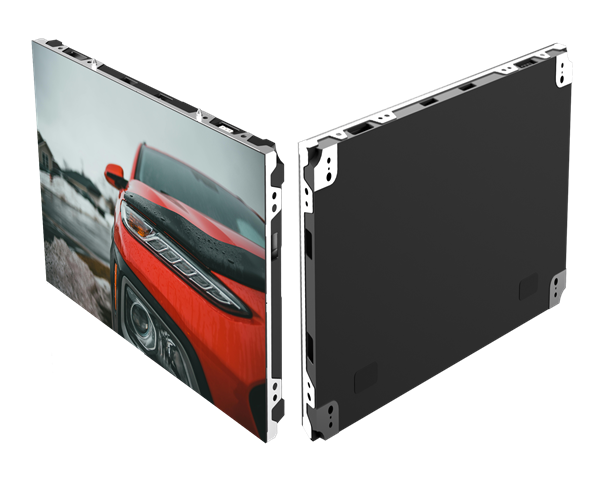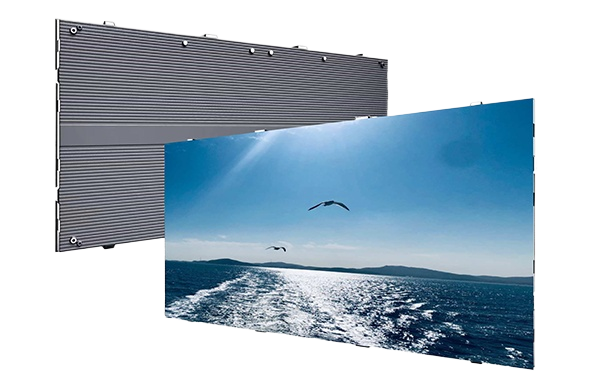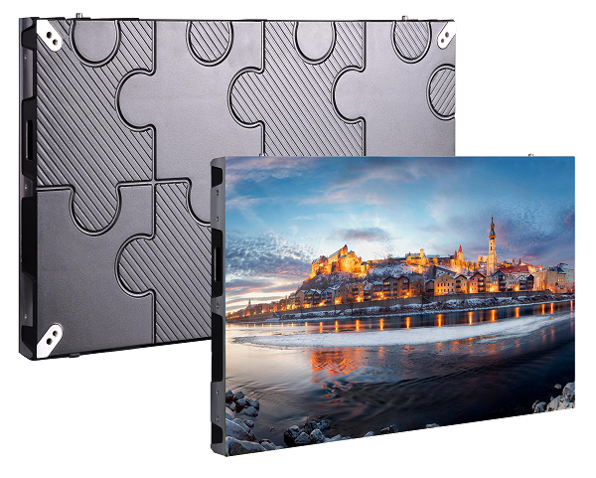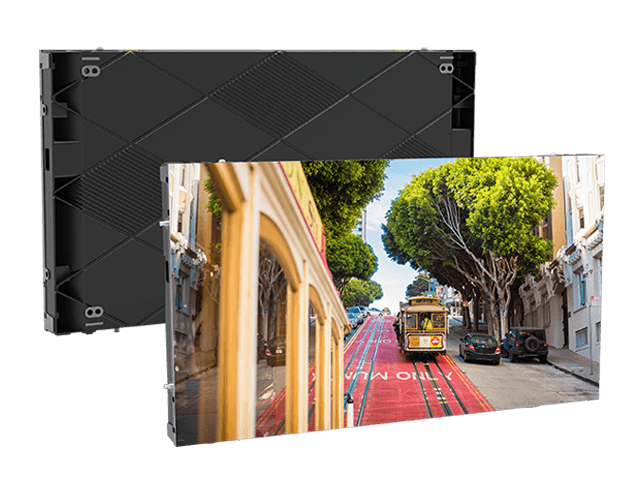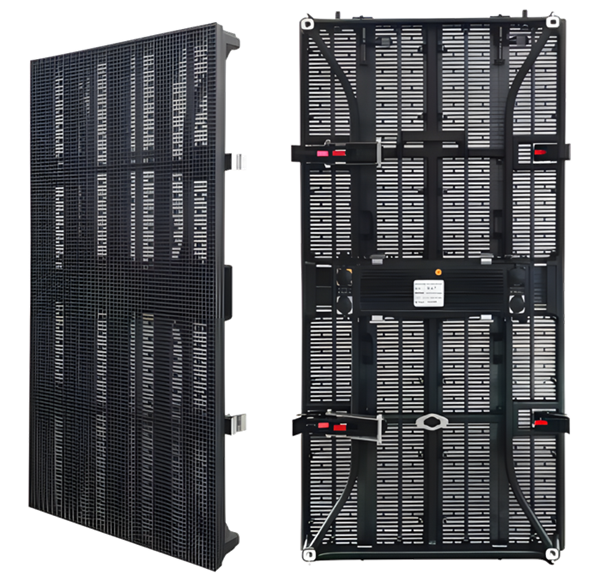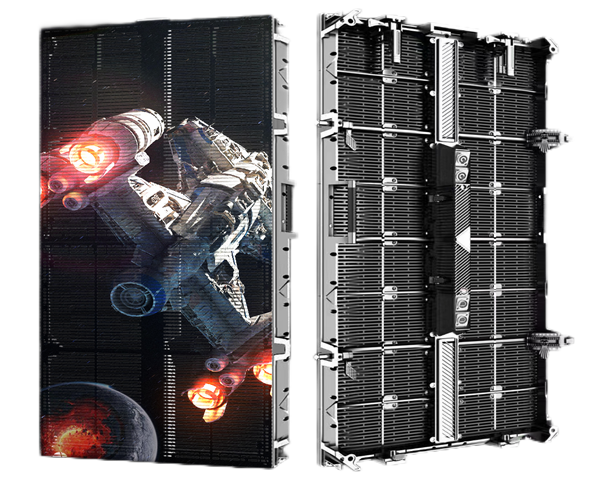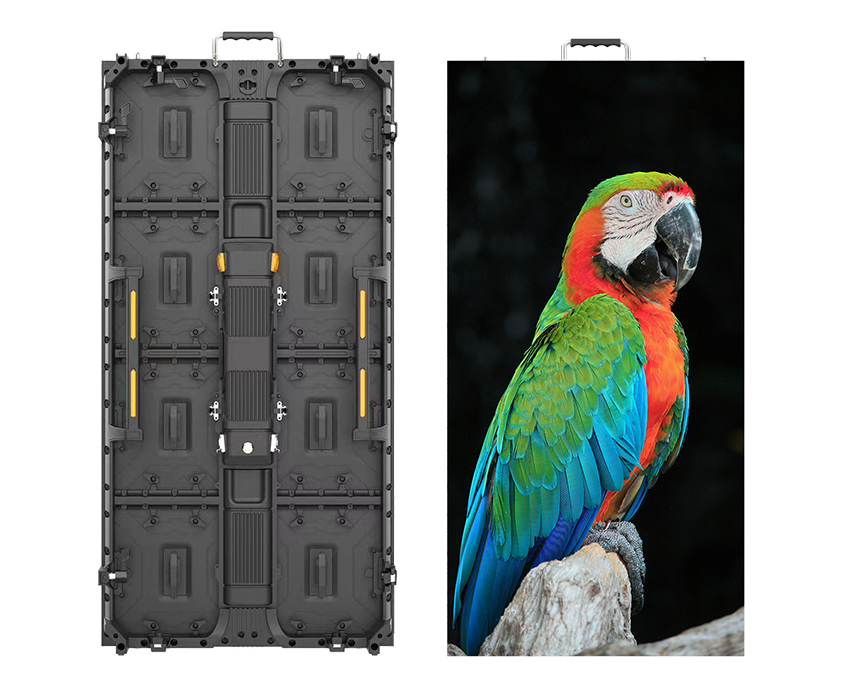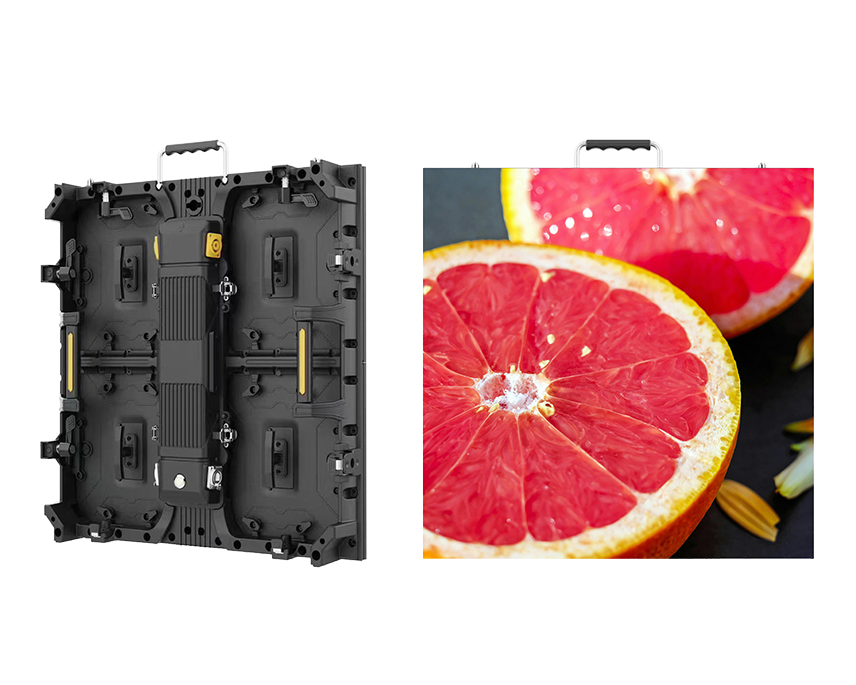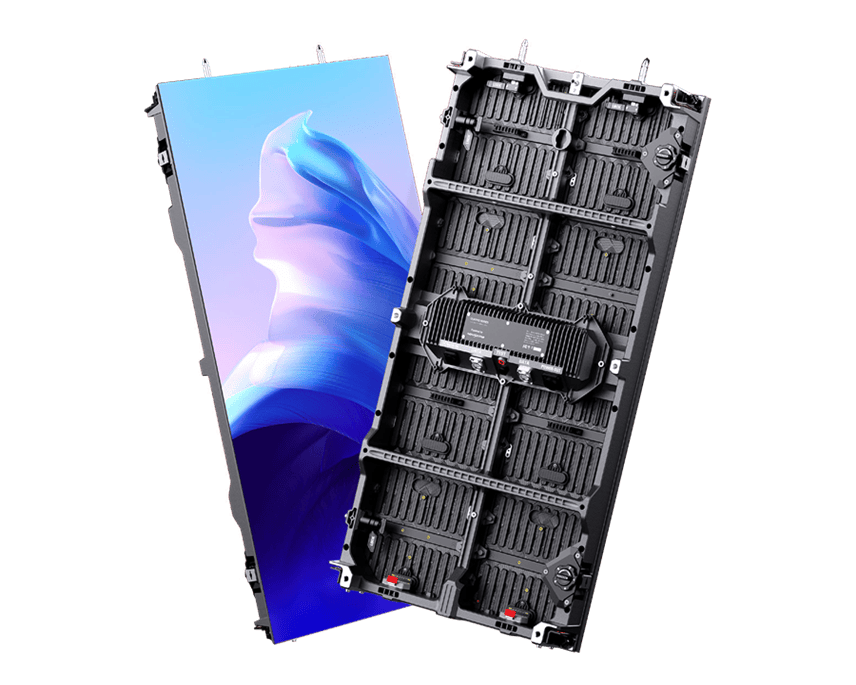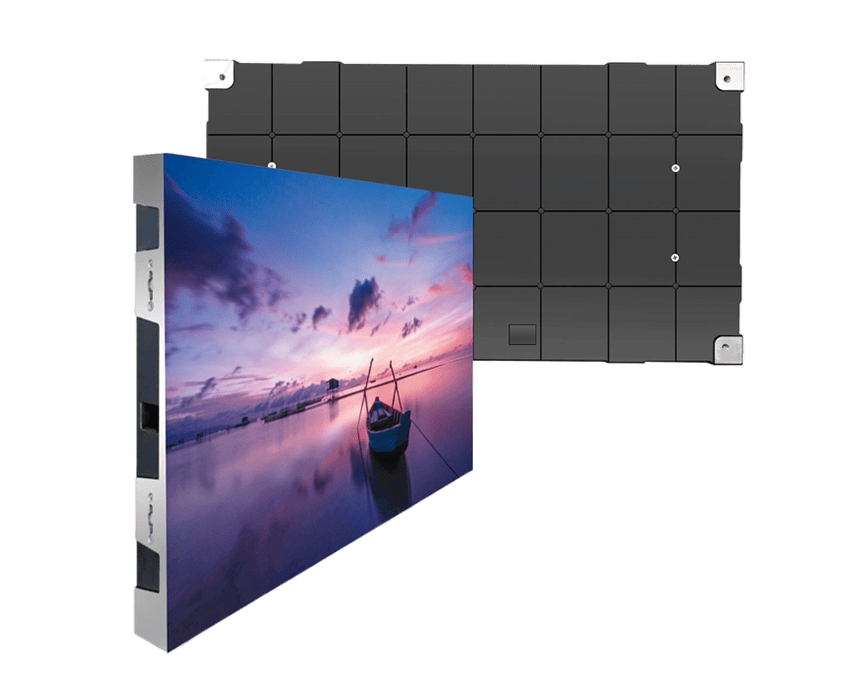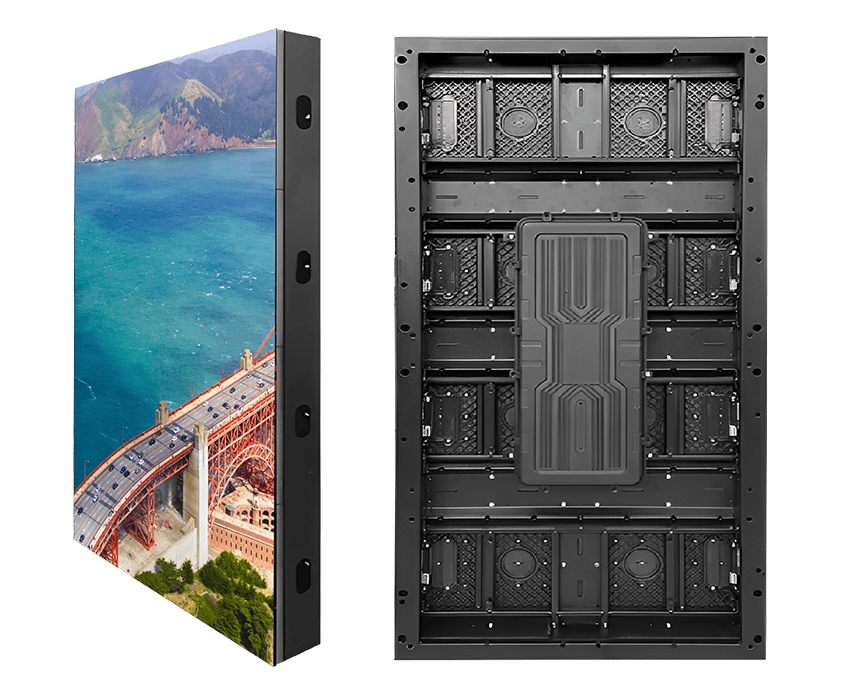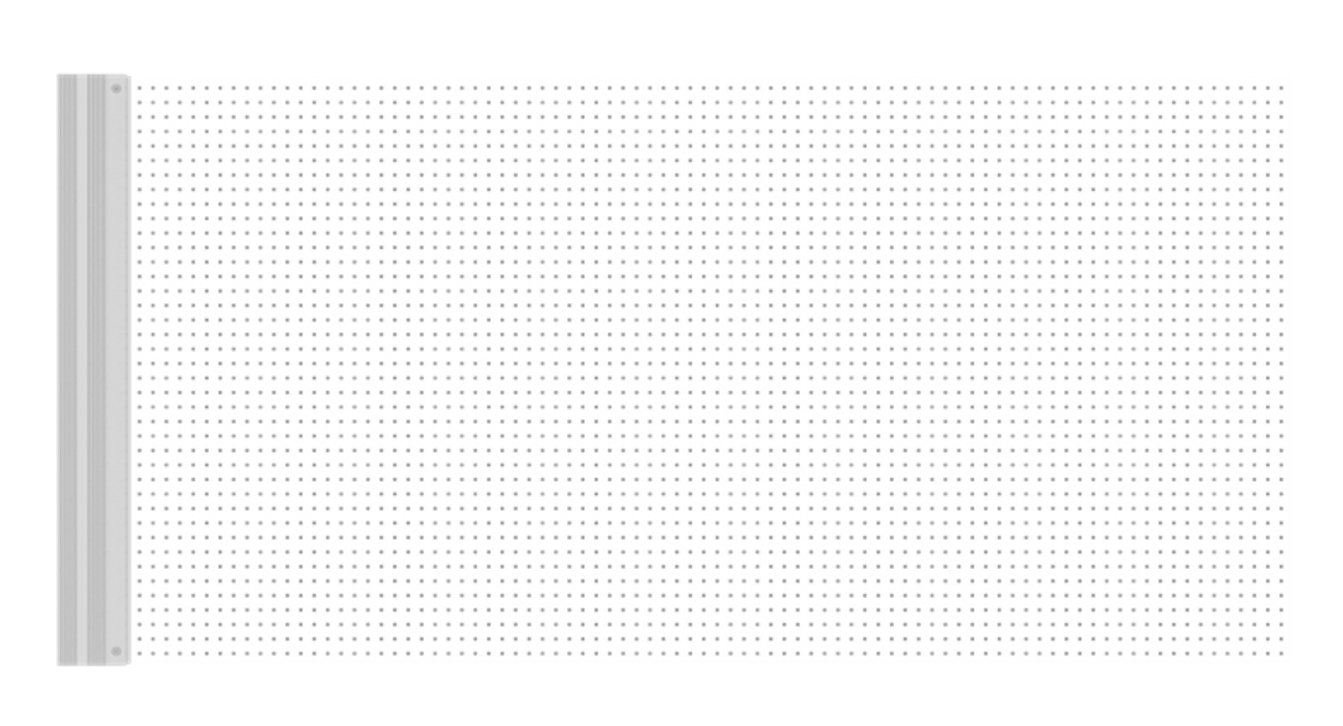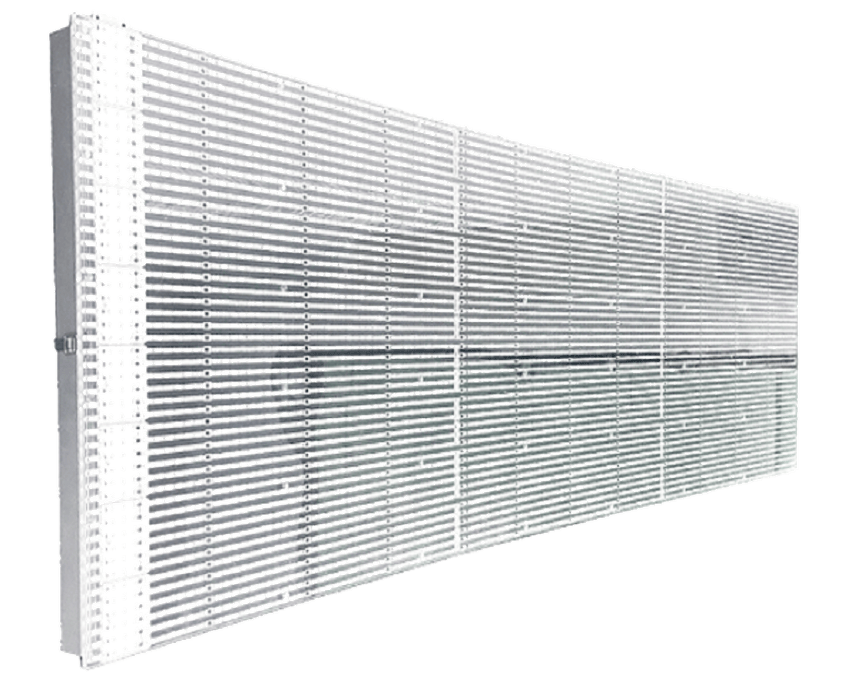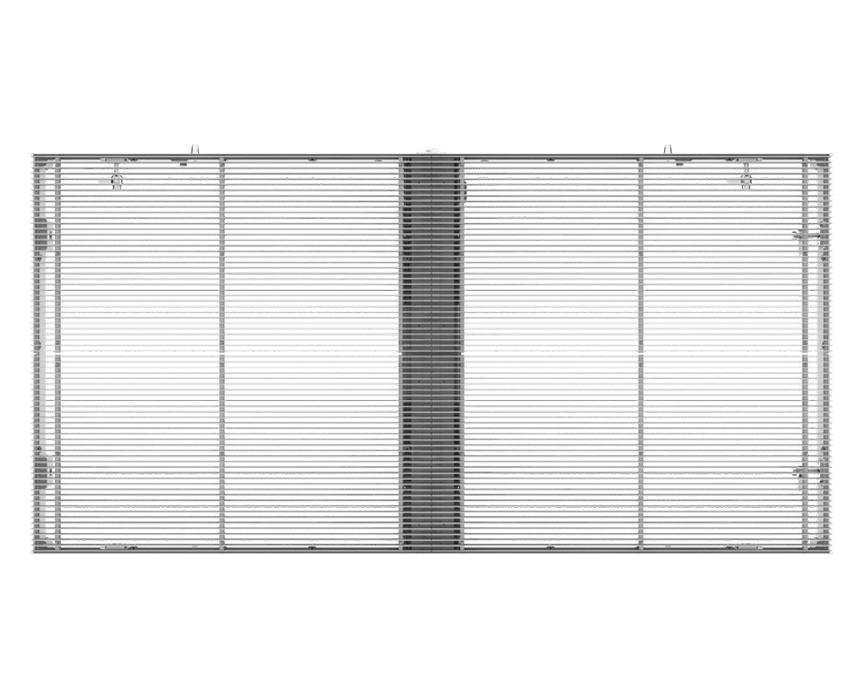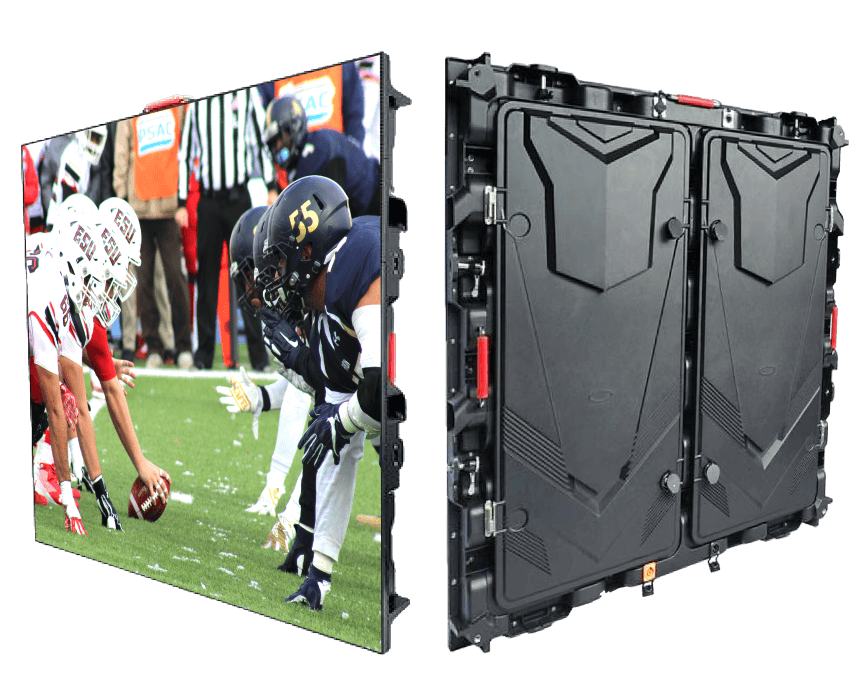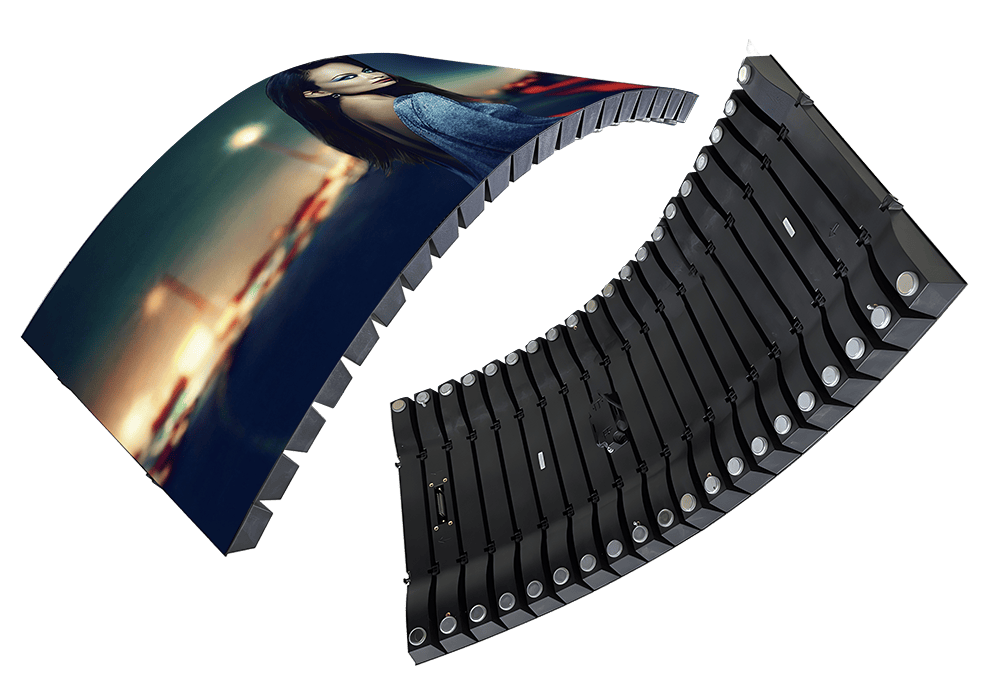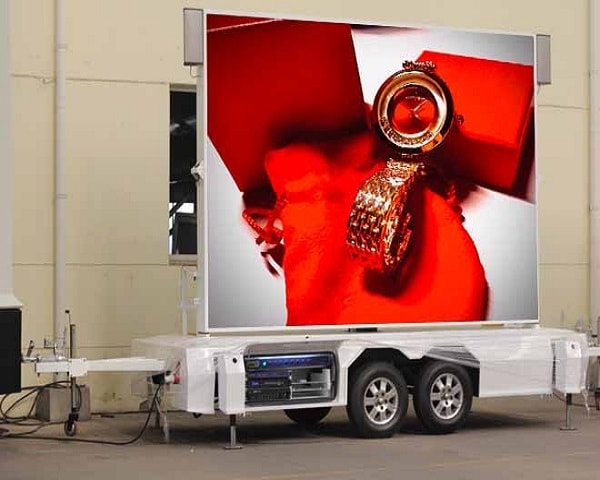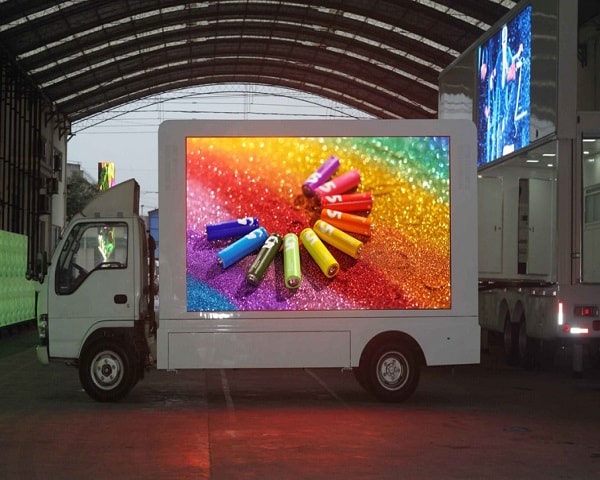A liquid-crystal display (LCD) is a flat-panel display or other electronically modulated optical device that uses the light-modulating properties of liquid crystals combined with polarizers. Unlike LED display, liquid crystals do not emit light directly, instead it using a backlight or reflector to produce images in color or monochrome.
How LCDs are Constructed?
An LCD screen is composed of several layers working in harmony. At its core is a thin layer of liquid crystal material, sandwiched between two transparent electrodes made of ITO (Indium Tin Oxide). These electrodes rest on glass substrates. Surrounding the liquid crystal layer are two polarizers—optical filters that allow only specific polarized light to pass through, enabling precise control of light transmission.

Because LCDs cannot emit light by themselves, a backlight is essential for visibility, especially in dark environments. The most common backlight source today is LED (Light Emitting Diode), which is energy-efficient and long-lasting. For older displays, CCFL (Cold Cathode Fluorescent Lamps) were used, but they are now less popular due to lower efficiency.
To create vibrant color displays, an additional RGB color filter layer is included, dividing each pixel into red, green, and blue sub-pixels. By varying the intensity of these sub-pixels, the LCD can display a full spectrum of colors. Additionally, modern LCDs can integrate a touch panel on the front, enabling interactive capabilities, such as in smartphones or tablets.
How LCDs Work?
LCD (Liquid Crystal Display) technology relies on polarizing glass filters and liquid crystal molecules to control light passage and create images. A polarizing filter is placed in front and behind the liquid crystal layer, with the front filter at a 90-degree angle to the back filter. In between are the liquid crystal molecules, which can be electronically switched on or off.
When no electric field is applied, the liquid crystal molecules naturally twist 90 degrees. As light from the backlight or ambient source passes through the first polarizer, it gets twisted by the liquid crystal layer and blocked by the second polarizer, making the display appear black.
When an electric field is applied, the molecules untwist, allowing light to pass through without twisting. The light crosses both polarizers and reaches the viewer, making the display appear bright. Depending on the arrangement of the polarizers, LCDs can either be normally on (positive) or normally off (negative). For instance, in a positive LCD, black letters appear on a colored backlight, while in a negative LCD, the background is black, and the letters take on the backlight's color.
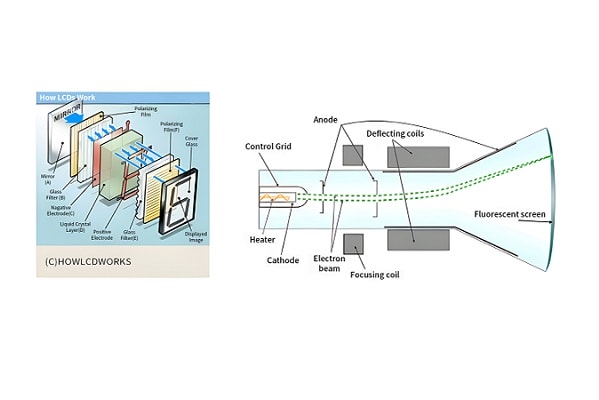
Different Types of LCD
LCD (Liquid Crystal Display) technology has evolved significantly since its inception, leading to various types of LCDs optimized for different applications. Here’s a breakdown of the most common types of LCDs and their unique characteristics:
1. Twisted Nematic (TN) LCD
Twisted Nematic (TN) LCD is one of the most basic and widely used LCD technologies. It operates by twisting liquid crystal molecules to control light passage, offering fast response times and low production costs, making it ideal for gaming monitors and budget displays. However, it has limited viewing angles and lower color reproduction compared to advanced technologies. TN panels are commonly found in calculators, low-cost monitors, and entry-level displays.
2. In-Plane Switching (IPS) LCD
In-Plane Switching (IPS) LCD panels align liquid crystal molecules parallel to the glass substrate, delivering superior viewing angles and exceptional color accuracy, ideal for professionals and high-quality displays. While they have higher production costs and slightly slower response times compared to TN panels, IPS technology is widely used in high-end monitors, smartphones, tablets, and TVs.
3. Vertical Alignment (VA) LCD
Vertical Alignment (VA) LCDs position liquid crystal molecules vertically when no voltage is applied, providing deep blacks and superior contrast ratios. They offer better color reproduction than TN panels but have slower response times and narrower viewing angles than IPS. VA panels are commonly used in TVs, general-purpose monitors, and multimedia displays.
4. Advanced Fringe Field Switching (AFFS) LCD
Advanced Fringe Field Switching (AFFS) LCD, an advanced IPS variant, enhances brightness and color accuracy, making it ideal for outdoor visibility and precise color rendering even in bright conditions. Though it costs more than traditional IPS panels, AFFS is commonly used in industrial displays, high-end tablets, and e-readers.
Features of LCD Screen
LCD screens are widely appreciated for their unique features and advantages, making them a preferred choice in various applications. Here’s a detailed breakdown:
Low Power Consumption
since LCD screens don't use phosphors, they rarely suffer image burn-in when a static image is displayed on a screen for a long time, e.g., the table frame for an airline flight schedule on an indoor sign. The LCD screen is more energy-efficient and can be disposed of more safely than a CRT (Cathode Ray Tube)can. Its low electrical power consumption enables it to be used in battery-powered electronic equipment more efficiently than a CRT can be. And due to its low power consumption, little heat would be emitted during operation.
Durable and Static-Image Friendly
Unlike CRTs or plasma screens, LCDs do not suffer from burn-in when displaying static images for long periods. For example, they are ideal for displaying flight schedules or static signs in public spaces.
Flexible Design for Large Displays
LCDs can be designed with very slim bezels, allowing multiple screens to be placed side by side to create a seamless large display. This is commonly seen in video walls for advertising or presentations.
Smooth Visual Performance
LCD pixels hold their state between refreshes, minimizing flicker. Even at input refresh rates below 200 Hz, the display remains stable, providing a more comfortable viewing experience.

Brightness and Contrast Ratio
contrast ratio is the ratio of the brightness of a full-on pixel to a full-off pixel. The LCD itself is only a light valve and does not generate light; the light comes from a backlight that is either fluorescent or a set of LEDs. Brightness is usually stated as the maximum light output of the LCD, which can vary greatly based on the transparency of the LCD and the brightness of the backlight. Brighter backlight allows stronger contrast and higher dynamic range (HDR displays are graded in peak luminance).
Concolusion
As a proven technology, LCD screens continue to dominate various industries due to their reliability, efficiency, and flexibility. Whether used for advertising, public information systems, or consumer electronics, LCDs offer unparalleled performance when properly selected and utilized.
PTCLED has built up an outstanding reputation in the industry by supplying consistent and reliable LED display products, which allow you to build a strong brand image, and catch the attention of new potential customers. Meanwhile, we keep updating advanced facilities and technologies. If you have any inquiries about the LCD screen, please contact us by info@ptcled.com immediately.













